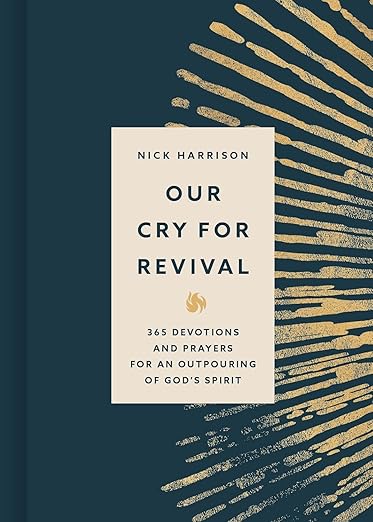“Felt Life”
From time to time I try to blog about the essence of great writing which, to me, is the ability to capture what Henry James called “felt life.” More recently, I found a description of this mysterious quality in Scott Berg’s Max Perkins: Editor of Genius. (The movie based on this book is just being released). In quoting the great editor of authors such as Thomas Wolfe, Ernest Hemingway, and F. Scott Fitzgerald, Berg writes of a time when Perkins had to explain to Fitzgerald why some of his short stories had been rejected by Scribner’s magazine, but would surely be published elsewhere. He wrote, “The great beauty of them is that they are alive. Ninety percent of the stories that appear are derived from life through the rarefying medium of literature. Yours are direct from life it seems to me.”
This uncanny but utterly artistic ability to produce “felt life” or stories that are “alive” in (primarily fiction) stories is both hard to explain and even harder to teach someone how to do. I’ve puzzled over this for many years now. When I see writing that is flat (but probably publishable), how do I instruct the writer to go back (or start over) and write “direct from life?” How do I tell the author their story is not “alive.” Truthfully, I have no idea, even after many rejections of stories that lacked this quality.
But as the years go by, I think I understand more about the kinds of writers who accomplish this task without training. In fact, since I doubt it can be trained at all, perhaps this gift is simply the writer’s equivalent of capturing what the talented portrait artist captures on canvas. (Note the operative word is “talented.” I’m sure many portrait artists may be technically adept at their craft, yet still lack the ability to impute life into their work).
Whether it’s an inborn gift or (doubtfully) a craft that can be learned, I think I see that the writer of “live” fiction possesses. It’s this: This writer sees his or her characters and stories as true in ways other writers do not, and cannot, view their characters and their stories.
When a journalist is writing a story about a newsworthy event he or she is reporting on, that journalist is writing something that has really happened to real people. The good journalist then captures that real event on paper, a journalistic feat that should be fairly common among good journalists.
A novelist, on the other hand, is challenged by the knowledge that the story he or she is writing didn’t really happen….or did it? An author capturing the “felt life” of a story must subconsciously believe it truly is happening as the story is unfolding on the computer screen. Consciously, he or she knows it is not happening, but on the deeper creative level, there’s a reality that bursts forth on the page that will surprise even the author. Again I repeat: how this really happens, I have no idea. I just know that it does happen and mostly to great writers.
I’m actually rather shocked that Perkins said that ninety percent of the stories he saw weren’t direct from life. Wow. That means one story in ten did have that quality. I wish I could say that’s my experience…but it isn’t. I find it a challenge even in my own writing to bring forth “felt life.”
Perhaps it’s simply a matter of the degree of imagination a great writer has. He or she can imagine the story as a reality in ways a less imaginative writer cannot. Perhaps it starts in childhood with something as common as having imaginary friends. As an only child, I certainly had at least a couple of imaginary friends with whom I could devise some great mischief (aka known as “plots”). Without siblings to play and fight with, I had to entertain myself—and that can become boring real fast….unless I invent someone to play with who is real to me. Real on that deeper level that happens to coincide with the well of creativity developing in me as a child.
I hope this makes sense. I hope you’ve experienced “felt life” as a reader. Even more, if you’re a writer, I hope you have the gift of producing felt life in your work.
To be sure, I will revisit this topic again as I continue to unravel the mystery of “felt life.”




As a child I would go to bed an hour earlier than I had to so I could make up stories in my head.